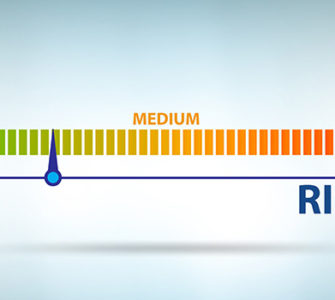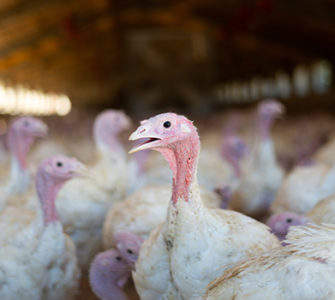Isolates implicate humans in rapid spread of HPAI
A recent analysis of the viral isolates from all outbreaks of highly pathogenic avian influenza (HPAI) in North America points to humans and farm equipment as the leading carriers of the disease from farm to farm.

Dr. David Swayne, director, U.S. National Poultry Health Research Center, said that clusters of farms that have identical avian influenza isolates are a likely indication of farm-to-farm transmission of the virus.
This finding is based on clusters of farms with identical HPAI isolates that suggest farm-to-farm transmission, said David Swayne, DVM, PhD, laboratory director at Southeast Poultry Research Laboratory, USDA Agricultural Research Service, as reported on WattAgNet.
Speaking to the International Conference on Avian Influenza and Poultry Trade, Swayne said that the anticipated HPAI outbreak in the Atlantic flyway this fall could replicate the unique scenario of the virus passing from waterfowl to poultry and back to waterfowl. These waterfowl then have the ability to carry a novel influenza virus when they return to their North American winter homes in the fall of 2015, similar to a recent Korean outbreak.
Introduction of HPAI from wild birds to domestic poultry began on the West Coast of the US and spread to the Midwest, where it claimed nearly 50 million head of poultry. The HPAI virus was highly pathogenic for poultry — but not waterfowl — allowing waterfowl to carry the virus without illness but still shed it continuously, spreading the disease along traditional flyway routes. The unique reassortment of the highly pathogenic Asian virus and the low-pathogenic North American viruses contributed to its virulence in domestic poultry.
The current worldwide outbreak of avian influenza is the largest in 50 years with more than 41 countries reporting outbreaks since 2012. Thirty-eight of these — or 76% — are tied to a virus that originated in a goose in Guangdong province of China in 2012.
Posted on July 28, 2015


















